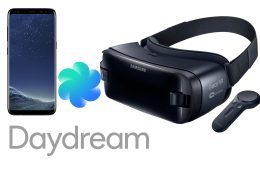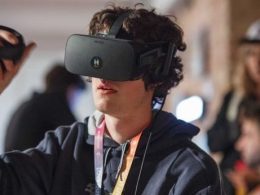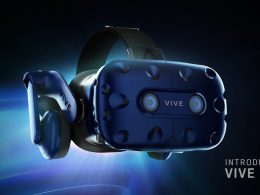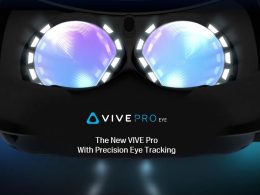It usually takes six to seven years to develop a helicopter. The US aerospace company Bell has done this digitally and to scale in virtual reality (VR) in just six months.
In CAD development processes, VR headsets are used as a supplement to computer-aided processes. VR technology enables complex, three-dimensional objects, such as digital twins, to be viewed, modified and interacted with in their original scale. Users thus perceive the objects to be developed far more realistically. Thus, a machine can be virtually disassembled into its individual components, optimised and then reassembled. The individual components can also be viewed and modified separately. More complex products can thus be developed.
The process is controlled via controllers and gestures and is thus much more intuitive and closer to reality than via mouse and keyboard. With virtual reality, costly and time-consuming prototypes and mock-ups can be dispensed with. Instead, a prototype is created in CAD and then displayed in VR via a 3D engine, such as the Unreal Engine. This allows designers and testers to make changes to the full-size virtual model right from the start and to try out different test scenarios.
Helicopter developed within six months
One example of how VR can be used profitably is the US company Bell, which has developed its FCX-001 helicopter concept, a product completely digitally and to scale in VR. The development of a helicopter usually takes five to seven years, including software designs, physical models and pilot tests.
The team at Bell decided to build their models in VR. Together with the 3D design and production agency Sector 5 Digital, the team members sketched initial models and then developed the aircraft in 3D using CAD software. Subsequently, the model was transferred in the real-time game engine Unity. Here, the developers experienced the model design in VR. The company was able to make changes directly to a full-size virtual prototype without having to create a real existing model. Through the virtual and interactive mockups, Bell was able to implement the feedback of the developers as well as changes directly on the object already in an early development phase.
Pilots were also able to contribute their feedback to the development process at a very early stage, without having to build an airworthy model first. Bell was thus able to significantly accelerate the development. Normally, the development of a helicopter takes five to seven years. With the development completely in VR, Bell needed only six months. The resulting shorter development time enabled the aviation manufacturer to save several million dollars in development costs.
Source: maschinenmarkt / Youtube









